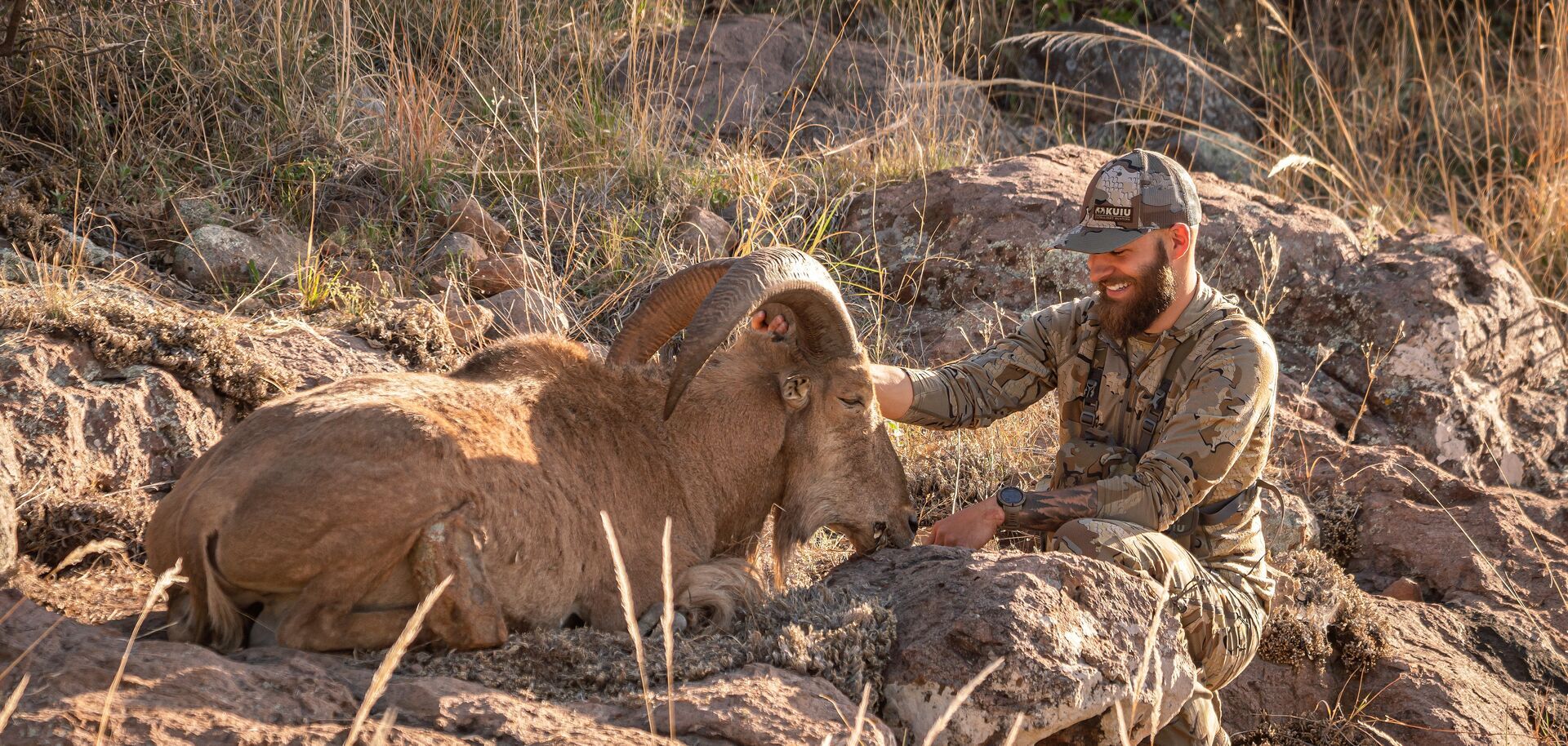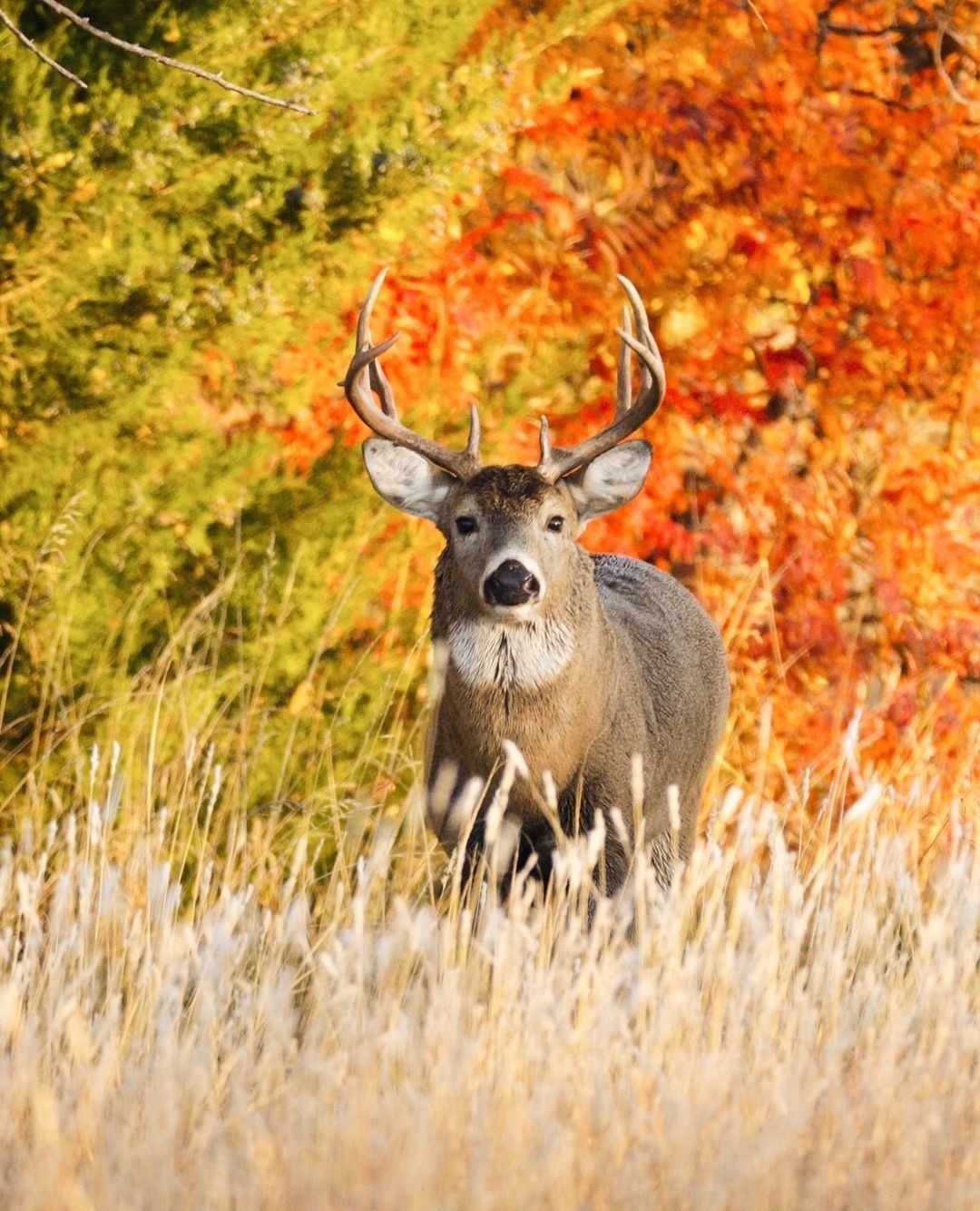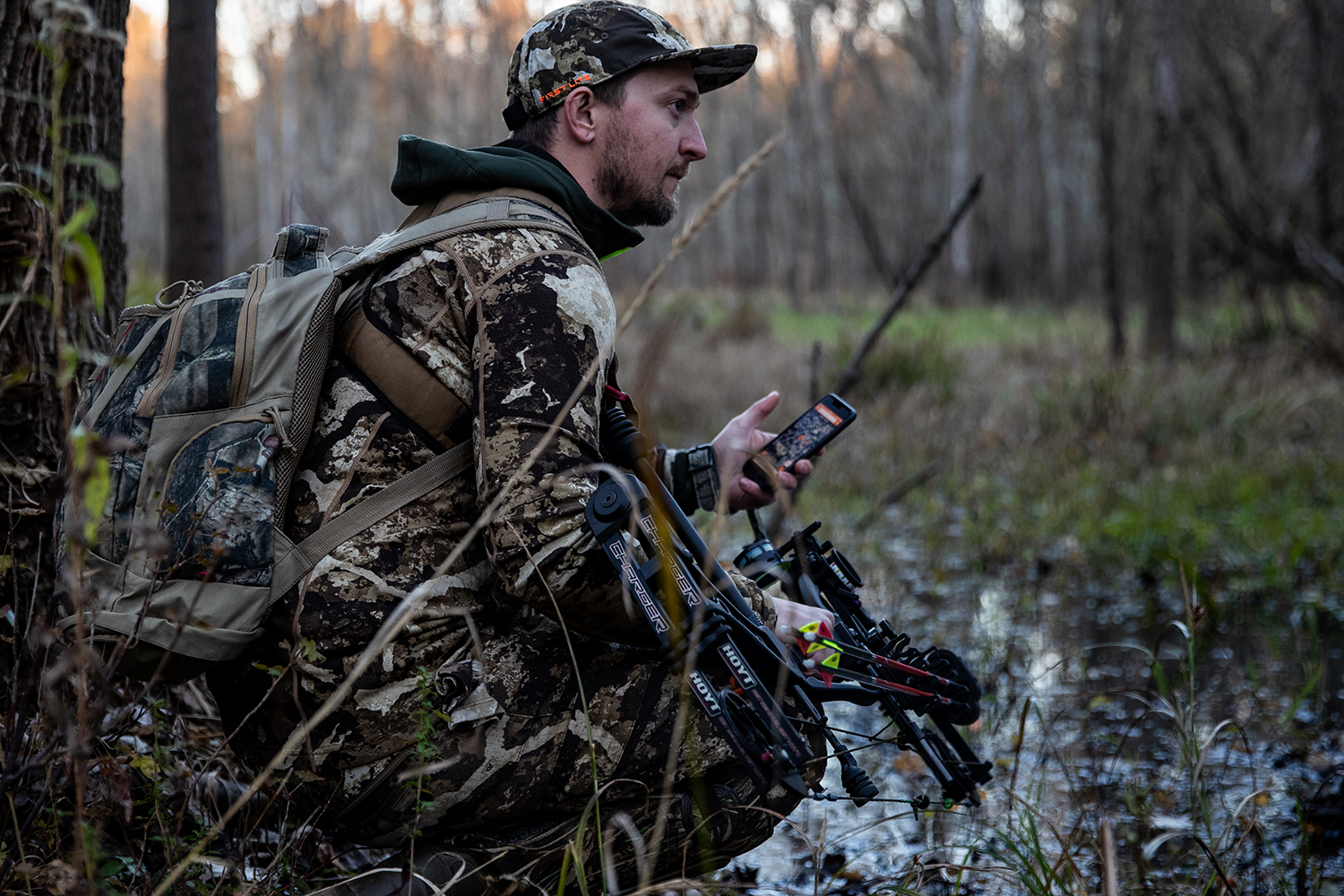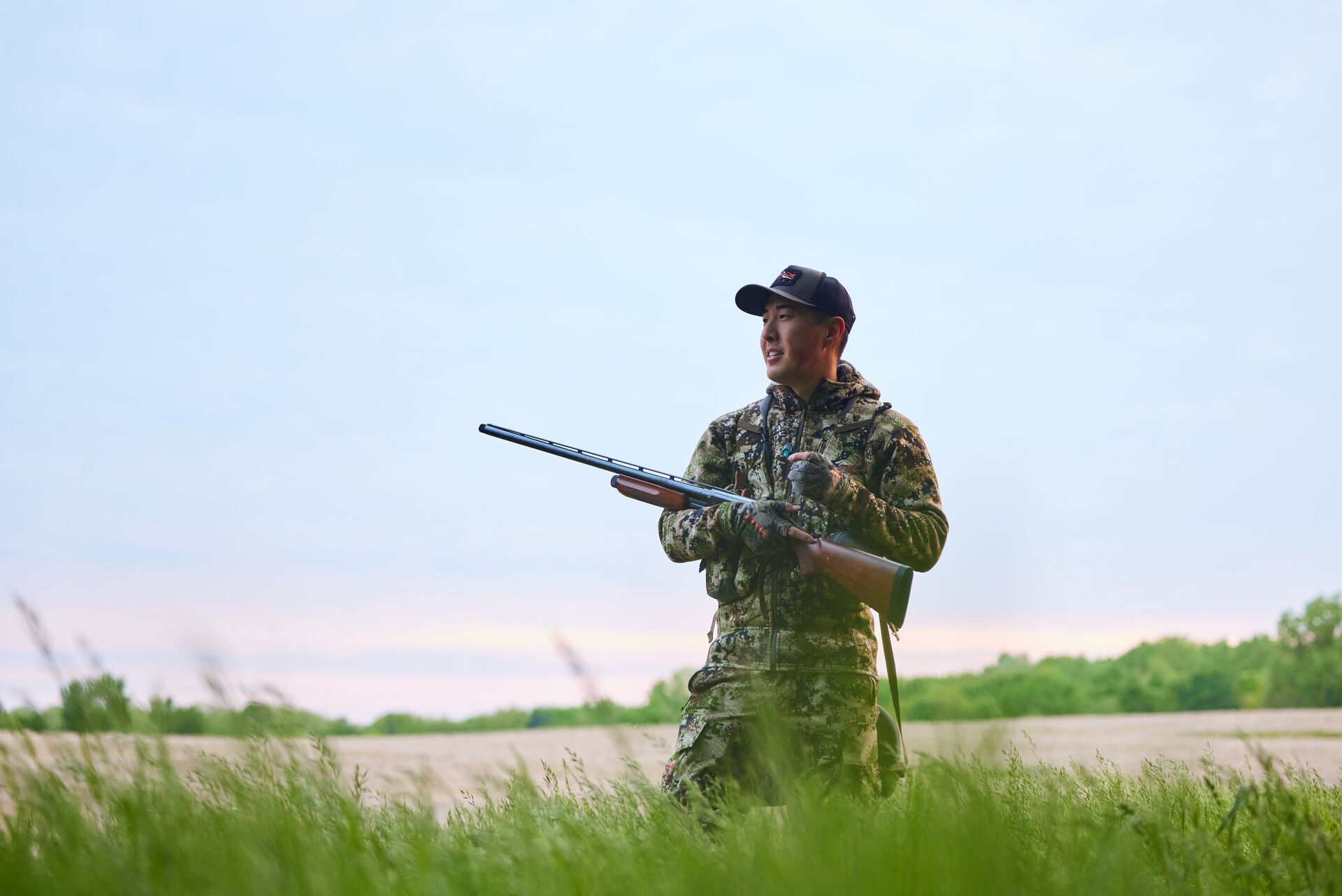Field Guide / Hunting Tips
The Guide to Late-Season Whitetail Hunting
Late-season deer hunting efforts often include a mixed bag of opportunities for mature bucks. However, whether you are hunting with a bow, muzzleloader, shotgun, or rifle, the rate of success can be extremely high.
Previous in Hunting Tips
More Content Like This
How to Hunt the Whitetail Rut (Successfully)
When it comes to the annual whitetail rut, you no longer have to leave it to chance, your best guess, or any of the outdated and inaccurate myths and urban legends that have been passed down from hunter to hunter over time.Read More
Read More
What Are Surplus Hunting Tags (and How to Find Them)
Missed out on the draw? Sometimes, securing a tag can be one of the biggest hurdles to a hunt, especially during peak application times, when preparing for a hunt on a popular target species or in high-demand zones with intense competition for tags i...Read More
Read More10 Photography Tips for Hunting Influencers
Creating visually engaging images has always been the end goal of a photographer. With the rise of social media platforms, engaging user-created content is more important than ever. Read More
Read More Hunting Tips
Hunting TipsHow to Hunt the Whitetail Rut (Successfully)
When it comes to the annual whitetail rut, you no longer have to leave it to chance, your best guess, or any of the outdated and inaccurate myths and urban legends that have been passed down from hunter to hunter over time.Read More
Read More Hunting Tips
Hunting TipsWhat Are Surplus Hunting Tags (and How to Find Them)
Missed out on the draw? Sometimes, securing a tag can be one of the biggest hurdles to a hunt, especially during peak application times, when preparing for a hunt on a popular target species or in high-demand zones with intense competition for tags i...Read More
Read More Hunting Tips
Hunting Tips10 Photography Tips for Hunting Influencers
Creating visually engaging images has always been the end goal of a photographer. With the rise of social media platforms, engaging user-created content is more important than ever. Read More
Read More
1 of 3
